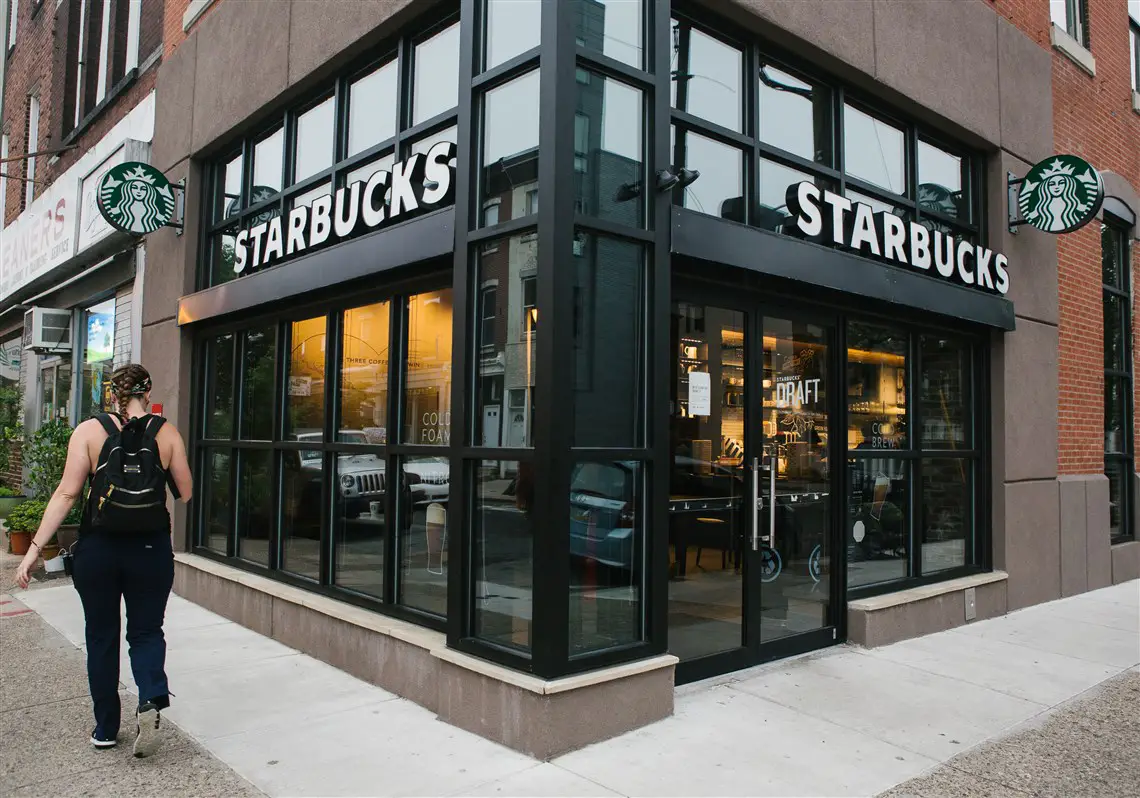Starbucks recently released the educational film they showed to 175,000 employees as part of their racial training curriculum.
The brief and compelling documentary, directed by award-winning filmmaker Stanley Nelson, centers around racial bias and public discrimination and provides lessons through the testimony of multiple people of color on the hardships they face each day — the very struggles that elude most people in the same society.
The short Starbucks documentary summarizes the lengthy history of discrimination against African Americans in public spaces ― from the denial of service in restaurants to full-blown violence against civil rights advocates simply trying to gain the equal treatment promised to them in America’s founding principles. The right to be respected in public was a major objective of the civil rights movement.
To do so, the Starbucks film depicts a 1965 encounter with police in Selma. The significance of this clip lies in one activist’s noteworthy statement to a white officer, “We are willing to be beaten for democracy, and you misuse democracy!” C.T. Vivian exclaimed, immediately after the cop unjustly struck him in the face. This crucial quote can be taken directly from history and applied to today’s society in a similar context.
Another critical theme Starbucks employees learned during training is that one individual’s journey into the public realm may be vastly different from another’s — black men have a different experience than white men, and women often have different experiences than men.
One African-American man shown in the informative Starbucks movie confesses several burdens that accompany his ventures outside of his home. His daily anxieties include: allowing enough space between him and others to ensure they don’t feel uncomfortable, making sure his hands are visible to signify that he is not stealing and watching his tone to prevent from sounding threatening.
A white man’s description of his experiences in public is quite different: “When I leave my house, I’m just leaving my house…just walking out the door. I’m not walking out the door thinking ‘What kind of hurdle am I going to run into today? What kind of way am I going to be judged?’ I walk out a free man.”
This worry-free sensation is taken for granted by many and greatly envied by countless people of color, though it is a subject rarely discussed. The documentary showcases these experiences as the first step in awareness; before solving any problems regarding race relations, people must first understand how others experience the world around them.
The lesson ends with a motivational plea to encourage Starbucks workers to work toward ensuring an inclusive environment and reinforces the idea that all customers should have the same value, no matter who they are. If taken seriously, the message at the very least serves as an eye-opener for those who take for granted the freedom they feel in public spaces.
The next time someone claims that racial issues in America have been quelled, they should be reminded (as the film reminds audiences) that equal treatment is promised by law but unfortunately does not permeate the prejudices many have ingrained in their minds.
Evidence of this false sense of racial harmony lies in the countless black citizens being followed in stores to make sure they aren’t stealing, excessive force at the hands of police and the anxieties African Americans face even in the simplest everyday tasks.

















